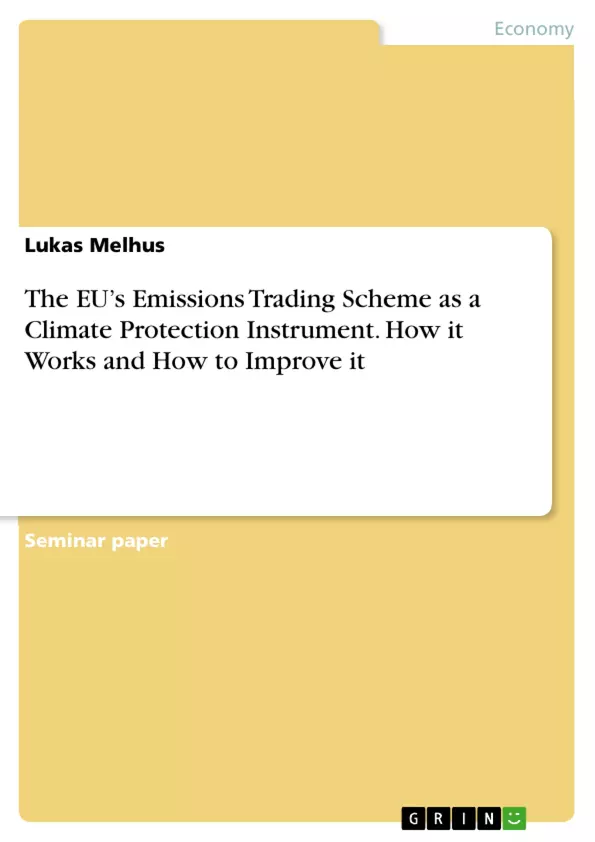Simply put, emissions trading is a governmental instrument or framework to reduce pollutant emissions. While such trading has seen popularity in recent years, the broad concept has been around for quite some time. In 1968, Canadian economist John Dales argued that a government should issue a certain number of pollution rights certificates and offer them for sale, while at the same time enacting a law mandating anyone discharging a certain amount of waste in a given year to own one or more pollution rights for the whole year. He further argued that this framework would benefit by having the price determined by competition between buyers and sellers of rights rather than a person or authority.4 The fundamental idea behind emissions trading has remained the same to this day. At the end of the 1960s, the United States of America
were the first to experiment with governmental trading schemes.5,6,7 During the Carter administration, the US Environmental Protection Agency (EPA) continued to expand these pollution control mechanisms, notably using them to reduce and ultimately stop the use of leaded petrol in the 1980s.8 Emissions trading schemes continued to be popular in the US and were used by the following administrations.
Inhaltsverzeichnis (Table of Contents)
- Preface and Approach
- Emissions Trading in General
- The Current System in the EU
- Evaluation
- Tangible Problems and Possible Improvements
- Conclusion
Zielsetzung und Themenschwerpunkte (Objectives and Key Themes)
This paper aims to analyze the European Union's emissions trading scheme (ETS) as a climate protection instrument. It explores the fundamental concepts of emissions trading, examining its implementation within the EU and assessing its effectiveness in mitigating greenhouse gas emissions. The paper also delves into potential improvements and challenges facing the current system.
- Emissions Trading as a Climate Protection Instrument
- The EU's Implementation of an Emissions Trading Scheme
- Evaluation of the EU's ETS Effectiveness
- Challenges and Potential Improvements for the EU's ETS
- The Role of Carbon Pricing and Market Mechanisms in Climate Change Mitigation
Zusammenfassung der Kapitel (Chapter Summaries)
- Preface and Approach: This chapter introduces the paper's focus on emissions trading schemes and their importance in addressing climate change. It highlights the sixth climate assessment report's emphasis on the urgency of tackling climate change.
- Emissions Trading in General: This chapter explains the basic principles of emissions trading, tracing its historical development from John Dales's initial concept in 1968. It discusses the early implementation of trading schemes in the United States and their subsequent evolution in response to the growing awareness of climate change.
- The Current System in the EU: This chapter delves into the specifics of the EU's ETS, outlining its design, operation, and key components. It discusses the role of allowances, auctions, and trading in the scheme's mechanism for reducing emissions.
- Evaluation: This chapter provides an assessment of the EU's ETS, evaluating its effectiveness in achieving its intended goals of reducing greenhouse gas emissions. It examines both the strengths and weaknesses of the system, considering factors such as allowance price volatility, market liquidity, and compliance measures.
Schlüsselwörter (Keywords)
This paper focuses on the EU's emissions trading scheme, climate change mitigation, greenhouse gas emissions, carbon pricing, market mechanisms, policy evaluation, environmental regulation, and economic instruments.
- Arbeit zitieren
- Lukas Melhus (Autor:in), 2021, The EU’s Emissions Trading Scheme as a Climate Protection Instrument. How it Works and How to Improve it, München, GRIN Verlag, https://www.hausarbeiten.de/document/1239272


